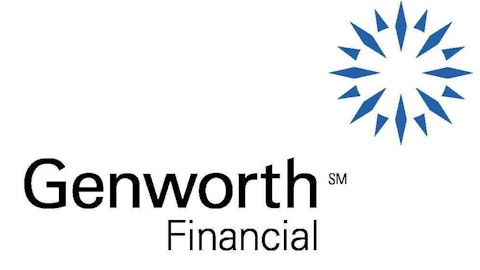In the fourth quarter, the company consumed about 5,000 barrels per day of Canadian crude at its refinery in Anacortes, Washington, displacing Alaska North Slope (ANS) and foreign crude oils.
Valero Energy Corporation (NYSE:VLO) is also thinking about accelerating the use of alternative methods, like barges and rail transport, to transport Canadian crude to its refineries along the Gulf Coast, as the company waits for authorization by the U.S. State Department on TransCanada Corporation (USA) (NYSE:TRP)‘s Keystone XL pipeline.
In the meantime, Valero has the option of increasing the quantity of Canadian oil it ships via barge to its St. Charles refinery in Louisiana from Hartford, Ill., which receives Canadian crudes via an existing pipeline operated by TransCanada.
While it is already receiving modest amounts of heavy Canadian crudes at its refinery in Port Arthur, Texas, the company also has the option of using rail cars to transport Canadian oil to its other refineries along the U.S. Gulf Coast.
Finally, Phillips 66 (NYSE:PSX) has also jumped on the opportunity to use Canadian crude at its refineries. At a recent Credit Suisse energy conference in Colorado, a company executive said the recently spun-off refiner is now transporting Canadian crude via rail to its refineries in California.
The company has already invested in 2,000 general-purpose railcars to transport cheap inland oil to its refineries. However, because of Canadian bitumenous crude’s unique physical properties, such as its high viscosity that requires it to be heated in order to flow, Phillips is considering coiled tube cars that would be a better match for that type of oil.
Final thoughts
Soaring U.S. crude oil production and improvements in pipeline infrastructure are now providing Gulf Coast refineries with hundreds of thousands of barrels per day of light oil produced in plays like the Eagle Ford and the Bakken. As a result, the Gulf region has drastically reduced its dependence on light oil imports from OPEC member nations, which has promising implications for America’s balance of payments.
Yet many Gulf Coast refineries are better equipped to process heavier grades of crude, after having invested heavily over the years in catalytic crackers, hydrocrackers, and coking units, which are designed to convert heavy crudes into lighter refined products. While these facilities can run lighter crudes, it’s not exactly the most economical way of doing things.
That’s why companies like the aforementioned refiners are increasingly using rail and barge to ship heavily discounted Canadian crudes, as well as Bakken crudes, to their refining facilities in the United States. Even after factoring in the transport costs, Canadian crude still ends up much, much cheaper than Brent, allowing aptly positioned refiners to realize robust margins.
Going forward, major pipeline projects are planned to complement rail transport for delivering Canadian crude to U.S. refiners. One major project — expected to be in service by the end of this year — is TransCanada‘s Keystone XL Gulf Coast expansion project, which should allow for much greater quantities of Canadian crude to be shipped to the U.S. via pipeline.
The article U.S. Refiners Are Thirsty for Canadian Oil originally appeared on Fool.com.
Fool contributor Arjun Sreekumar and The Motley Fool have no position in any of the stocks mentioned.
Copyright © 1995 – 2013 The Motley Fool, LLC. All rights reserved. The Motley Fool has a disclosure policy.





